Hasan Mujtaba Buttar
Non-contact Lung Disease Classification via OFDM-based Passive 6G ISAC Sensing
May 15, 2024



Abstract:This paper is the first to present a novel, non-contact method that utilizes orthogonal frequency division multiplexing (OFDM) signals (of frequency 5.23 GHz, emitted by a software defined radio) to radio-expose the pulmonary patients in order to differentiate between five prevalent respiratory diseases, i.e., Asthma, Chronic obstructive pulmonary disease (COPD), Interstitial lung disease (ILD), Pneumonia (PN), and Tuberculosis (TB). The fact that each pulmonary disease leads to a distinct breathing pattern, and thus modulates the OFDM signal in a different way, motivates us to acquire OFDM-Breathe dataset, first of its kind. It consists of 13,920 seconds of raw RF data (at 64 distinct OFDM frequencies) that we have acquired from a total of 116 subjects in a hospital setting (25 healthy control subjects, and 91 pulmonary patients). Among the 91 patients, 25 have Asthma, 25 have COPD, 25 have TB, 5 have ILD, and 11 have PN. We implement a number of machine and deep learning models in order to do lung disease classification using OFDM-Breathe dataset. The vanilla convolutional neural network outperforms all the models with an accuracy of 97%, and stands out in terms of precision, recall, and F1-score. The ablation study reveals that it is sufficient to radio-observe the human chest on seven different microwave frequencies only, in order to make a reliable diagnosis (with 96% accuracy) of the underlying lung disease. This corresponds to a sensing overhead that is merely 10.93% of the allocated bandwidth. This points to the feasibility of 6G integrated sensing and communication (ISAC) systems of future where 89.07% of bandwidth still remains available for information exchange amidst on-demand health sensing. Through 6G ISAC, this work provides a tool for mass screening for respiratory diseases (e.g., COVID-19) at public places.
Non-Contact Monitoring of Dehydration using RF Data Collected off the Chest and the Hand
Jun 16, 2023Abstract:We report a novel non-contact method for dehydration monitoring. We utilize a transmit software defined radio (SDR) that impinges a wideband radio frequency (RF) signal (of frequency 5.23 GHz) onto either the chest or the hand of a subject who sits nearby. Further, another SDR in the closed vicinity collects the RF signals reflected off the chest (or passed through the hand) of the subject. Note that the two SDRs exchange orthogonal frequency division multiplexing (OFDM) signal, whose individual subcarriers get modulated once it reflects off (passes through) the chest (the hand) of the subject. This way, the signal collected by the receive SDR consists of channel frequency response (CFR) that captures the variation in the blood osmolality due to dehydration. The received raw CFR data is then passed through a handful of machine learning (ML) classifiers which once trained, output the classification result (i.e., whether a subject is hydrated or dehydrated). For the purpose of training our ML classifiers, we have constructed our custom HCDDM-RF-5 dataset by collecting data from 5 Muslim subjects (before and after sunset) who were fasting during the month of Ramadan. Specifically, we have implemented and tested the following ML classifiers (and their variants): K-nearest neighbour (KNN), support vector machine (SVM), decision tree (DT), ensemble classifier, and neural network classifier. Among all the classifiers, the neural network classifier acheived the best classification accuracy, i.e., an accuracy of 93.8% for the proposed CBDM method, and an accuracy of 96.15% for the proposed HBDM method. Compared to prior work where the reported accuracy is 97.83%, our proposed non-contact method is slightly inferior (as we report a maximum accuracy of 96.15%); nevertheless, the advantages of our non-contact dehydration method speak for themselves.
Transfer learning for non-intrusive load monitoring and appliance identification in a smart home
Jan 08, 2023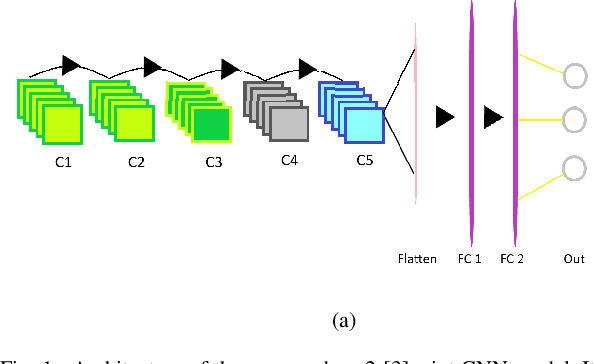

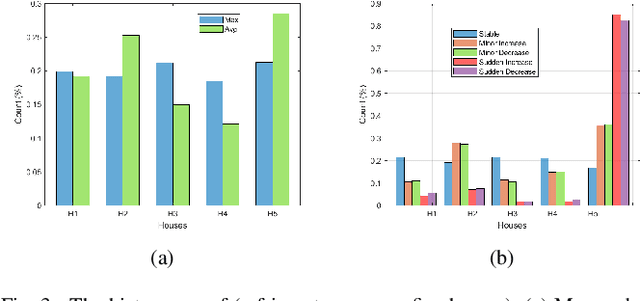

Abstract:Non-intrusive load monitoring (NILM) or energy disaggregation is an inverse problem whereby the goal is to extract the load profiles of individual appliances, given an aggregate load profile of the mains of a home. NILM could help identify the power usage patterns of individual appliances in a home, and thus, could help realize novel energy conservation schemes for smart homes. In this backdrop, this work proposes a novel deep-learning approach to solve the NILM problem and a few related problems as follows. 1) We build upon the reputed seq2-point convolutional neural network (CNN) model to come up with the proposed seq2-[3]-point CNN model to solve the (home) NILM problem and site-NILM problem (basically, NILM at a smaller scale). 2) We solve the related problem of appliance identification by building upon the state-of-the-art (pre-trained) 2D-CNN models, i.e., AlexNet, ResNet-18, and DenseNet-121, which are trained upon two custom datasets that consist of Wavelets and short-time Fourier transform (STFT)-based 2D electrical signatures of the appliances. 3) Finally, we do some basic qualitative inference about an individual appliance's health by comparing the power consumption of the same appliance across multiple homes. Low-frequency REDD dataset is used to train and test the proposed deep learning models for all problems, except site-NILM where REFIT dataset has been used. As for the results, we achieve a maximum accuracy of 94.6\% for home-NILM, 81\% for site-NILM, and 88.9\% for appliance identification (with Resnet-based model).
Countering Active Attacks on RAFT-based IoT Blockchain Networks
Apr 02, 2022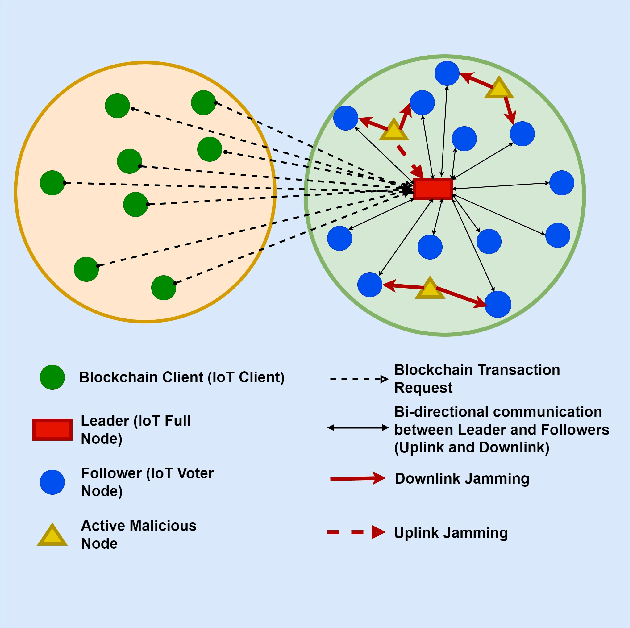
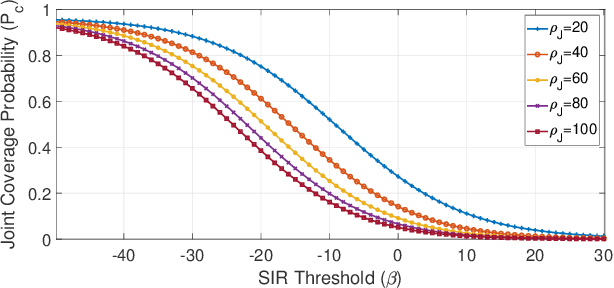
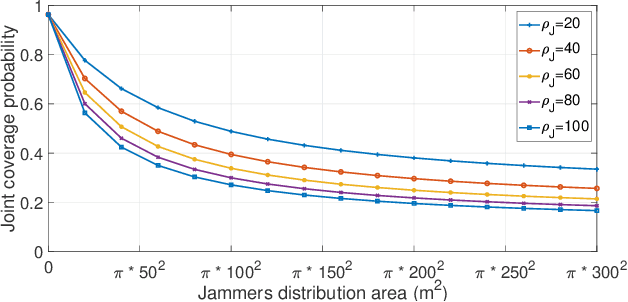
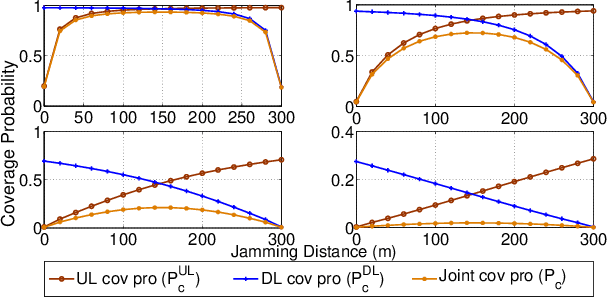
Abstract:This paper considers an Internet of Thing (IoT) blockchain network consisting of a leader node and various follower nodes which together implement the RAFT consensus protocol to verify a blockchain transaction, as requested by a blockchain client. Further, two kinds of active attacks, i.e., jamming and impersonation, are considered on the IoT blockchain network due to the presence of multiple {\it active} malicious nodes in the close vicinity. When the IoT network is under the jamming attack, we utilize the stochastic geometry tool to derive the closed-form expressions for the coverage probabilities for both uplink and downlink IoT transmissions. On the other hand, when the IoT network is under the impersonation attack, we propose a novel method that enables a receive IoT node to exploit the pathloss of a transmit IoT node as its fingerprint to implement a binary hypothesis test for transmit node identification. To this end, we also provide the closed-form expressions for the probabilities of false alarm, missed detection and miss-classification. Finally, we present detailed simulation results that indicate the following: i) the coverage probability improves as the jammers' locations move away from the IoT network, ii) the three error probabilities decrease as a function of the link quality.
 Add to Chrome
Add to Chrome Add to Firefox
Add to Firefox Add to Edge
Add to Edge